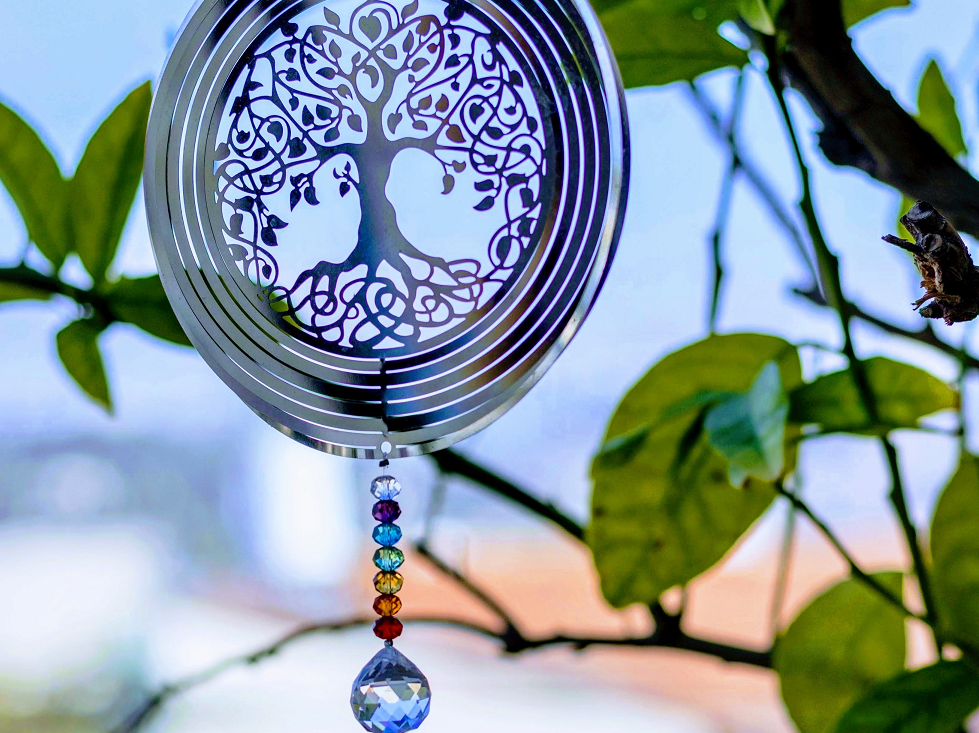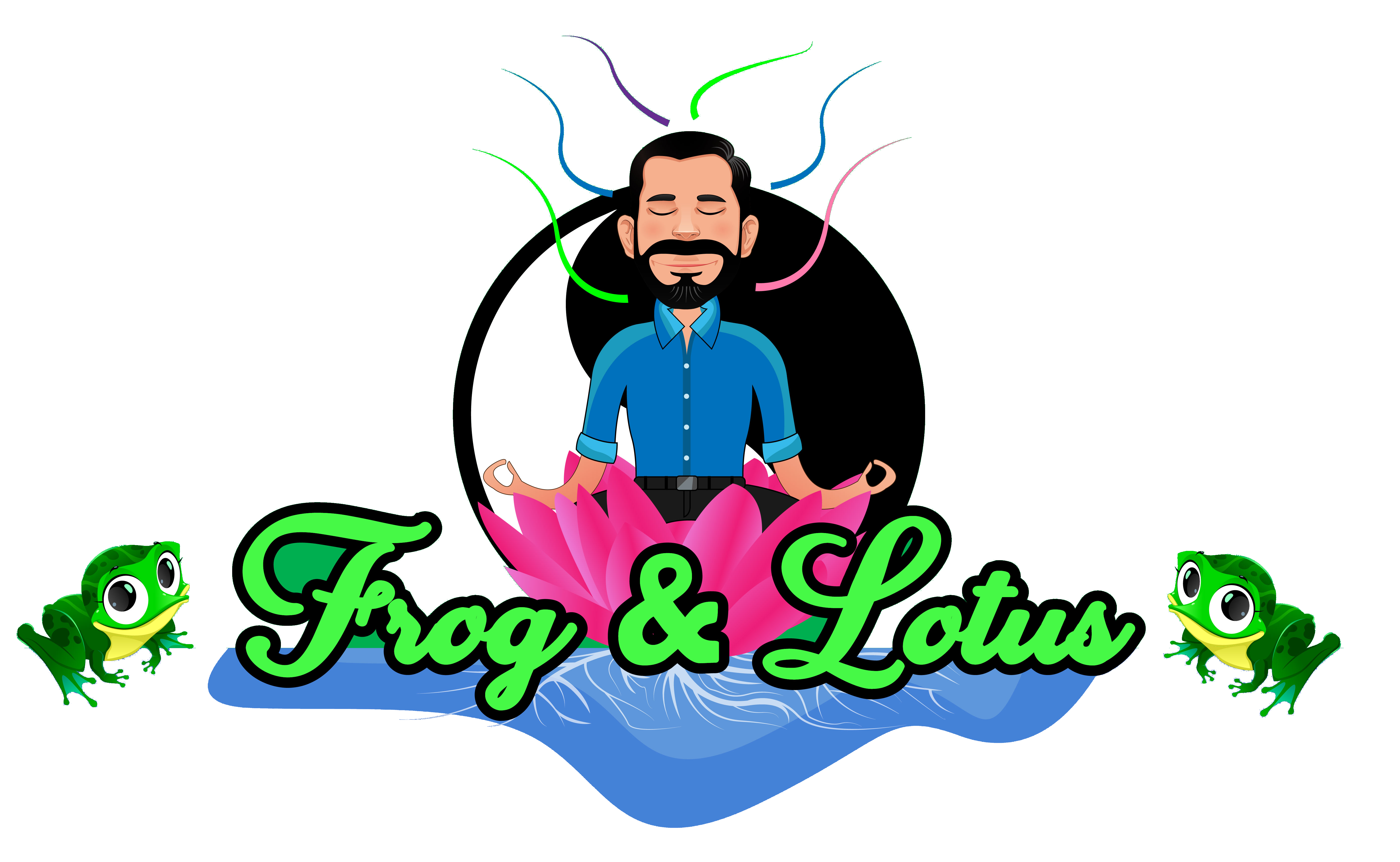The ancient Hindus introduced mankind to the chakras which represent centers of energy within the body. I am by no means an expert on the chakra system, quite the contrary. However, I do understand that Eastern traditions believe in the flow of energy throughout the body and that Chakras are centers where that flow is strongest. There are many great books and websites available for learning more about these energy centers. It is not my intent to teach about chakras, but rather to point out their conceptual relationship between them and the “one teaching.”
For those unfamiliar, I offer here a very brief summary of the chakra system. There are seven main chakras in the body and they include:
- The base chakra located at the base of the spine. It is represented by the color red and connected with survival, health, and connection to the earth.
- The sacral chakra is located just below the naval. It is represented by the color orange and connected with desire, sexuality, and creativity.
- The solar plexus chakra is located below the breastbone. It is represented by the color yellow and connected with self-esteem, personal responsibility, and emotion.
- The heart chakra is located in the center of the chest. It is represented by the color green and connected with love, compassion, and relationships.
- The throat chakra is located in the center of the neck. It is represented by the color blue and connected with communication and creative expression.
- The third eye chakra is located in the center of the forehead between the eyebrows. It is represented by the color indigo and is connected to intuition, foresight, and intellect.
- The crown chakra is located on the top of the head. It is represented by the color violet and associated with higher states of consciousness, divine connection and enlightenment.
I find the chakra system fascinating and admire those who are able to “see” energy and truly understand how this flow of energy works. (I am not blessed with this ability.) But what I find even more interesting is how the chakra system seems to point to all the same concepts that Maslow discovered through his research and resulting hierarchy of needs that we’ve discussed over the past few days.
Maslow’s hierarchy starts at the bottom with our physiological and safety needs which seem to map quite nicely to the base chakra at the bottom of the spine. The sacral, solar plexus, and heart chakras all located in the core of our bodies map to Maslow’s needs of love/belonging and esteem. The throat and third eye chakras map to the peak of Maslow’s hierarchy, self-actualization. Finally, we have the crown chakra which does not necessarily map to any of the needs in Maslow’s hierarchy. However, it turns out that after Maslow finished “A Theory of Human Motivation”, he later wrote about the concept of self-transcendence which is a level above self-actualization. The addition of transcendence to Maslow’s hierarchy provides a complete mapping from his theories to the chakra system.
As a reminder, Joseph Campbell taught us in A Hero with a Thousand faces, that the basic progression of the Hero’s Journey is the same for each of us. The myths of completely unconnected societies in ancient history reveal this unconscious connectedness. Was Maslow drawing on the Chakra system when he developed his hierarchy of needs? Or are the similarities just another example of Eckhart Tolle’s belief that there is and always has been only one spiritual teaching?
Photo by Lavi Perchik on Unsplash


